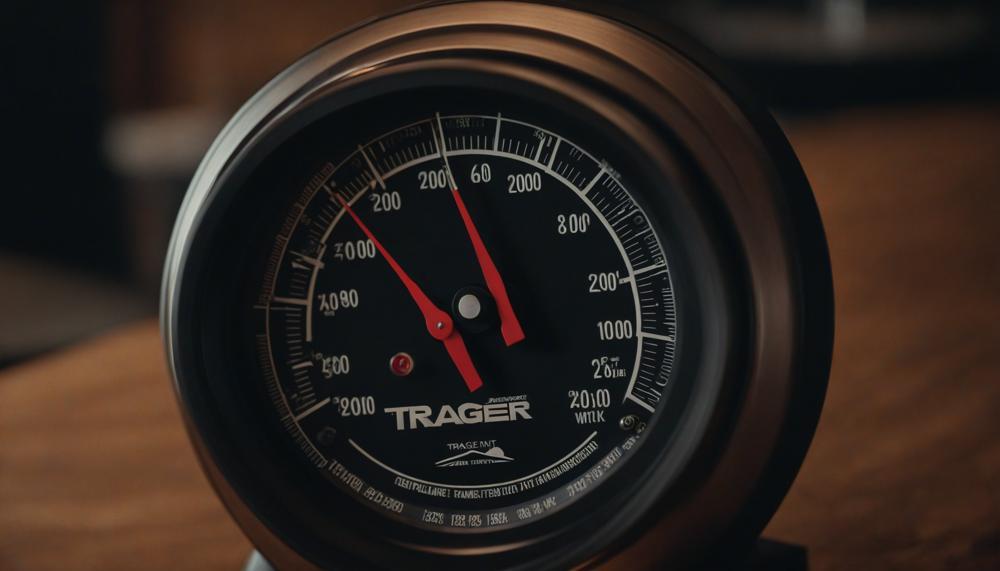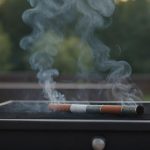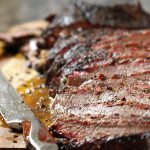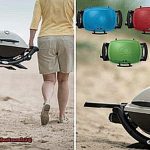Imagine this scenario: you’re all set for a barbecue on a sunny afternoon, only to find your bag of charcoal has been left out in the rain. Is it still usable, or should you start looking for alternatives? The effectiveness of charcoal after it gets wet depends on a few key factors that can make or break your grilling plans.
When charcoal gets wet, its ability to ignite and burn smoothly is compromised. Moisture not only makes it difficult to light but also causes excessive smoke and quicker burnout, turning your outdoor feast into a less-than-ideal experience. However, all hope isn’t lost. Depending on the quality and type of charcoal, it can often be salvaged with the right approach.
In this article, we’ll explore whether wet charcoal can still be effective, offering insights into how you can potentially revive it and what precautions to take to prevent this issue in the future. Whether you’re a seasoned griller or just starting out, understanding how to manage wet charcoal can ensure your barbecues remain a flavorful success.
Key Takeaways:
- Salvageability: High-quality charcoal can often be revived after drying out.
- Drying Methods: Sun-drying may work for some types of charcoal but not all.
- Mixing for Consistency: Combining dried charcoal with fresh dry charcoal can improve burn consistency.
- Storage Tips: Keep charcoal in airtight containers in cool, dry places to prevent moisture damage.
Stay tuned to discover practical tips and insights to keep your charcoal and your grilling experiences in top shape.
Contents
Can Charcoal Get Wet?
When charcoal gets wet, it poses challenges for grilling enthusiasts. Here’s what happens and how to handle it:
| Effects of Getting Wet | How to Salvage | Preventive Measures |
| • Difficult to ignite | • Dry in sunlight; mix with dry charcoal | • Store in sealed containers |
| • Produces excess smoke, burns quickly | • Use high-quality charcoal for better revival chances | • Keep in cool, dry places |
| • Absorbs moisture easily | • Separate salvageable pieces from unusable ones | • Avoid exposure to rain or humidity |
When charcoal encounters moisture, it becomes challenging to ignite and may produce excessive smoke while burning out swiftly.
Although porous, charcoal can still be salvaged to some extent depending on its quality and the severity of exposure. High-quality charcoal stands a better chance of revival compared to lower grades, which may crumble irreparably.
To prevent moisture absorption, store charcoal in airtight containers in cool, dry places. When wet, drying in sunlight and mixing with dry charcoal can aid recovery. Remember to separate usable pieces from those that crumble to maintain grilling efficiency.
How Does Charcoal Get Wet?
| How Does Charcoal Get Wet? | ||
| Charcoal can become wet through various means, primarily due to exposure to rain or stored in damp conditions. This moisture ingress poses challenges when lighting and leads to incomplete combustion during grilling. | ||
| Insights: | Solutions: | Recommendations: |
| Rain or Damp Storage: | Drying in Sunlight: | Store in Waterproof Containers: |
| Charcoal left uncovered during rainfall or stored in humid environments absorbs moisture, impacting its combustion quality. | Drying wet charcoal under direct sunlight can sometimes restore usability, though some types may crumble. | Utilize airtight, waterproof containers for storage to prevent moisture seepage that compromises charcoal quality. |
| Mixing Dry and Wet Charcoal: | Quality Impact: | |
| Combining dried charcoal with wet pieces can aid in achieving consistent burning, but excessively wet charcoal may still struggle to ignite. | The quality of charcoal affects its recovery; high-grade varieties often fare better after getting wet compared to lower-quality options. | |
Does Wet Charcoal Go Bad?
Wet charcoal can indeed go bad. When charcoal gets wet, whether from rain or damp storage conditions, it becomes difficult to light and burns inconsistently. Moisture infiltrates briquettes or lump charcoal, hindering ignition and causing excessive smoke when burning. This leads to incomplete combustion and shorter burn times.
To illustrate, damp charcoal poses challenges for grilling enthusiasts aiming for a smooth experience. It’s akin to trying to start a campfire with wet wood – frustrating and less effective. Thus, storing charcoal in waterproof containers and drying it under sunlight when damp are recommended practices to maintain its quality.
Here’s a breakdown of how wet charcoal behaves:
| Issue | Consequence | Solution |
| Difficult to ignite | Longer startup time, frustration | Dry in sunlight, store in waterproof containers |
| Excessive smoke | Incomplete combustion | Use dry charcoal for consistent burning |
| Short burn time | Less heat output | Combine with dry charcoal for sustained grilling |
Understanding these dynamics helps grillers optimise their charcoal usage, ensuring a better grilling experience with fewer hiccups.
How To Salvage Wet Charcoal
| Step | Action | Explanation |
| 1. | Determine Moisture Level | Assess how wet the charcoal is; slightly damp charcoal is salvageable, while completely saturated may not be. |
| 2. | Dry in Open Air | Spread the wet charcoal out in a single layer under direct sunlight or in a dry, well-ventilated area. |
| 3. | Inspect for Usability | Check for signs of crumbling or disintegration; salvage intact pieces and discard those too damaged. |
| 4. | Combine with New Charcoal | Mix salvaged charcoal with fresh, dry charcoal to enhance burning efficiency and consistency. |
| 5. | Store Properly | Keep charcoal in an airtight container in a cool, dry place to prevent future moisture absorption. |
| 6. | Use Correctly | Light charcoal thoroughly and allow it to ash over before cooking to ensure clean, efficient burning. |
Salvaging wet charcoal involves assessing its condition, drying it effectively, and combining it with new charcoal to improve its performance.
Briquettes vs. Lump Charcoal
When it comes to choosing between briquettes and lump charcoal for grilling, there are distinct differences in performance, especially when they encounter moisture.
| Characteristic | Lump Charcoal | Briquettes |
| Composition | Pure carbon, minimal ash | Sawdust, additives, longer burn time |
| Burning Properties | Hotter, faster lighting | Steadier burn, less heat |
| Taste Impact | Natural wood flavour | Potential taste from additives |
| Moisture Reaction | Reignites easily | Struggles to reignite |
Lump charcoal, being pure carbon, burns hotter and lights faster compared to briquettes, which are made from sawdust and additives. However, briquettes offer a steadier burn and longer cooking times. When wet, the differences become crucial: lump charcoal tends to reignite more readily due to its natural properties, whereas briquettes may struggle because of their compressed nature and additives.
Understanding these distinctions allows you to choose the right charcoal for your grilling needs, especially in unpredictable weather conditions. For optimal performance, consider the type of grilling experience you seek: intense heat and quick cooking with lump charcoal or steady, prolonged cooking with briquettes.
How To Use Dried-Out Charcoal
To effectively use dried-out charcoal for grilling after it has been exposed to moisture, follow these steps:
Mix with Fresh Charcoal
Start by mixing the dried-out charcoal with fresh charcoal. Place the fresh charcoal at the bottom of the grill and the dried-out pieces on top. This layering method ensures that the fresh charcoal ignites first, providing a stable heat source that will help the dried-out charcoal to catch fire more easily.
Use a Chimney Starter
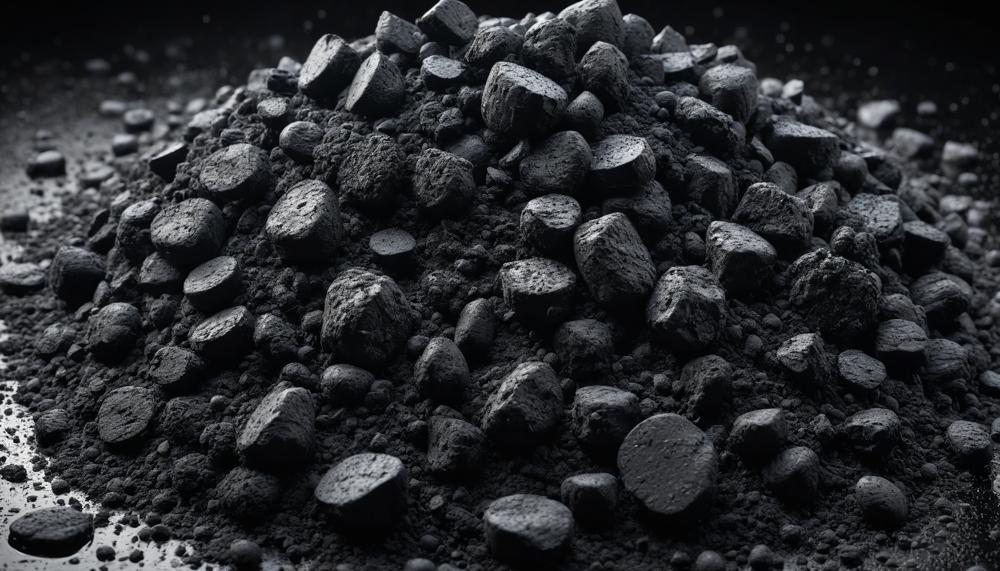
Utilize a chimney starter to get the charcoal burning faster and more evenly. Fill the chimney starter with a mix of fresh and dried-out charcoal. Light the newspaper or starter cubes under the chimney starter, allowing the coals to ignite thoroughly before pouring them into the grill.
Ensure Proper Ventilation
Make sure your grill has proper ventilation. Open the air vents to allow maximum airflow, which will help the charcoal to ignite and burn efficiently.
Drying and Storing Charcoal
If you have time, dry out the charcoal by spreading it in a single layer under direct sunlight for a few hours. Ensure it’s completely dry before using. To prevent future moisture issues, store charcoal in an airtight container or a dry, sheltered location.
Tips on Keeping Charcoal Dry
| Storage Location | Choose a dry, cool, and well-ventilated area to store charcoal. | Charcoal |
| Airtight Containers | Use sealed bins or airtight containers to prevent moisture absorption. | Source |
| Desiccants | Include silica gel packs to absorb excess moisture. | Silica Gel Packs |
| Protection from Elements | Avoid exposure to rain or snow; cover with a tarp if necessary. | Element |
| Distance from Heat | Keep charcoal away from heat sources and flammable materials. | Materials |
| Original Packaging | Store in original packaging or a sealed container to maintain freshness. | Freshness |
| Separate from Chemicals | Store briquettes separately from lighter fluids and chemicals. | Chemicals |
| Drying Process | Spread wet charcoal on a dry surface to dry completely. | Surface |
| Chimney Starter | Use a charcoal chimney starter to speed up drying if needed. | Chimney |
| 10. Dehumidifier | Consider a dehumidifier for humid areas prone to moisture. | Moisture |
| 1Waterproof Containers | Invest in waterproof containers for long-term storage. | Containers |
Conclusion
When charcoal gets wet, it doesn’t necessarily become useless, but its effectiveness is certainly compromised. Moisture impacts the charcoal’s ability to ignite and burn steadily, resulting in a smoky, short-lived fire. However, the story doesn’t end there. High-quality charcoal often withstands moisture better, and with the right drying methods, such as sun exposure, it can be revived. Mixing dried pieces with fresh, dry charcoal can also help achieve a more consistent burn.
To prevent future moisture problems, always store your charcoal in airtight containers and keep them in a cool, dry place. This simple precaution ensures that your grilling sessions are smooth and enjoyable, regardless of unexpected weather.
While wet charcoal presents challenges, understanding how to manage it effectively can save your barbecue plans.

